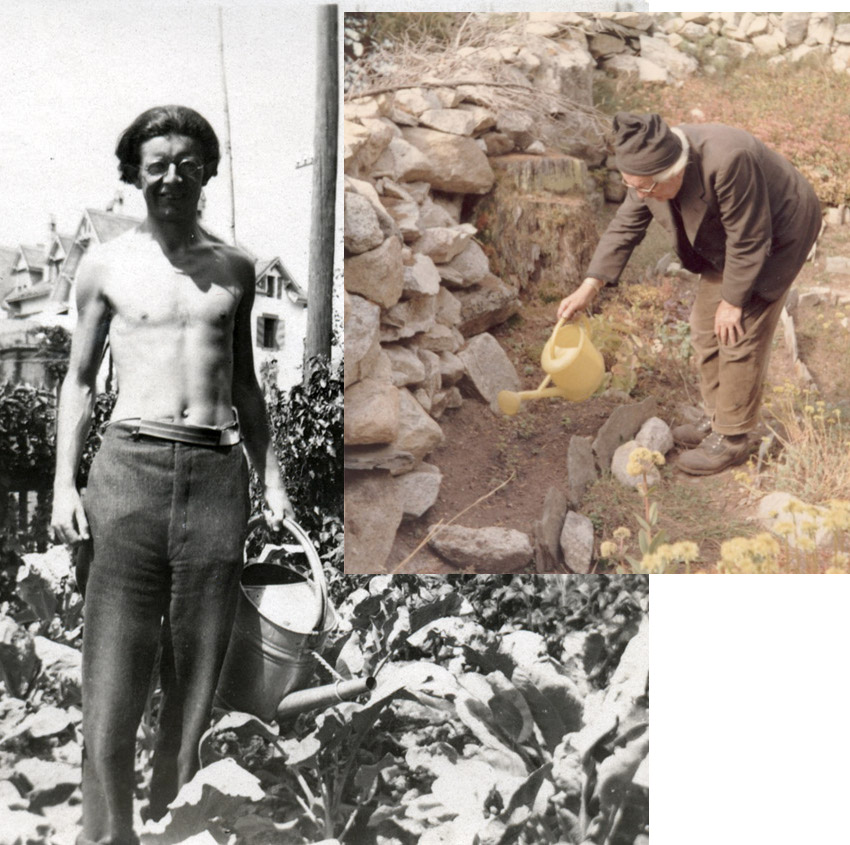 After becoming a specialist in malacology—a discipline specializing in the identification of molluscs, the study of their habitat, geographical distribution, etc.—Piaget passed his thesis in biology in 1918. In the meantime, his interest shifted from nomenclature to the study of morphological transformations due to the mechanisms of evolution. During the 1920s, he highlighted the transgenic phenomena through which the molluscs moved to a new environment—a more turbulent lake, for example—adapt and stabilize their morphology. Influenced by Waddington and various non-Darwinist works, and convinced on the influence of the creative action of psychological structures supported on biological structures, Piaget wrote in 1966 a work on philosophy of biology to resist the neo-Darwinist line, recently reinforced by the discovery of the double helix by Crick and Watson. With Biology and Knowledge (1967), Vital Adaptation and intelligence (1974) and Behavior and evolution (1976), he positioned himself as a key author in biological epistemology. He supported concepts that have been banished from neo-Darwinian biology, such as phenocopy and epigenesis, and showed the influence of behavior on the transformations of the genome, half a century before contemporary research addressed these issues to support Piagetian ideas.
After becoming a specialist in malacology—a discipline specializing in the identification of molluscs, the study of their habitat, geographical distribution, etc.—Piaget passed his thesis in biology in 1918. In the meantime, his interest shifted from nomenclature to the study of morphological transformations due to the mechanisms of evolution. During the 1920s, he highlighted the transgenic phenomena through which the molluscs moved to a new environment—a more turbulent lake, for example—adapt and stabilize their morphology. Influenced by Waddington and various non-Darwinist works, and convinced on the influence of the creative action of psychological structures supported on biological structures, Piaget wrote in 1966 a work on philosophy of biology to resist the neo-Darwinist line, recently reinforced by the discovery of the double helix by Crick and Watson. With Biology and Knowledge (1967), Vital Adaptation and intelligence (1974) and Behavior and evolution (1976), he positioned himself as a key author in biological epistemology. He supported concepts that have been banished from neo-Darwinian biology, such as phenocopy and epigenesis, and showed the influence of behavior on the transformations of the genome, half a century before contemporary research addressed these issues to support Piagetian ideas.




